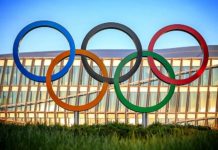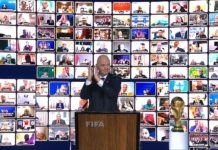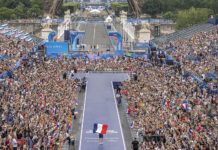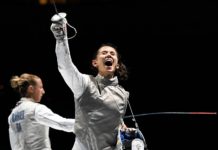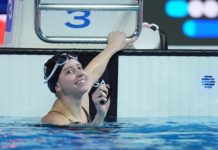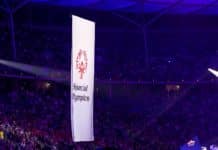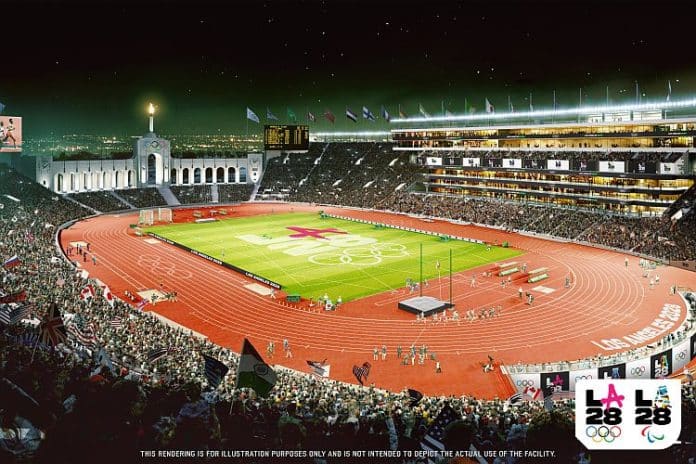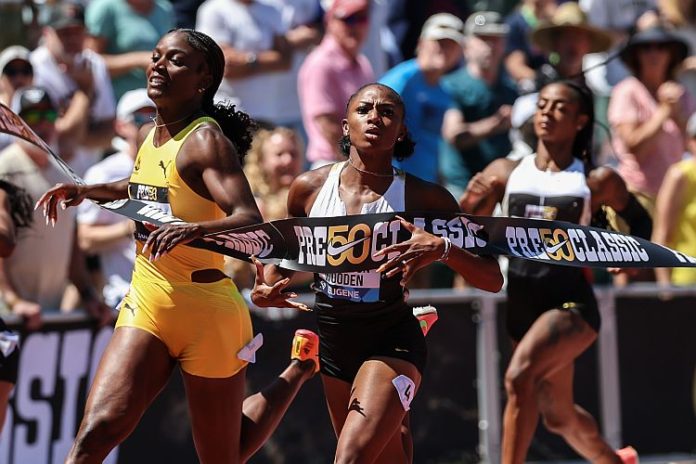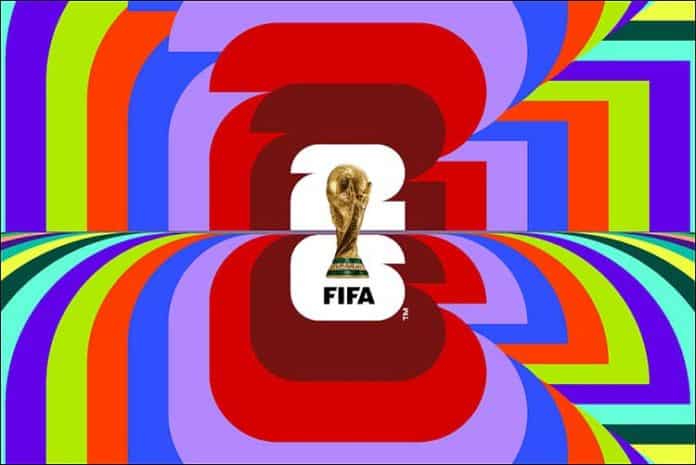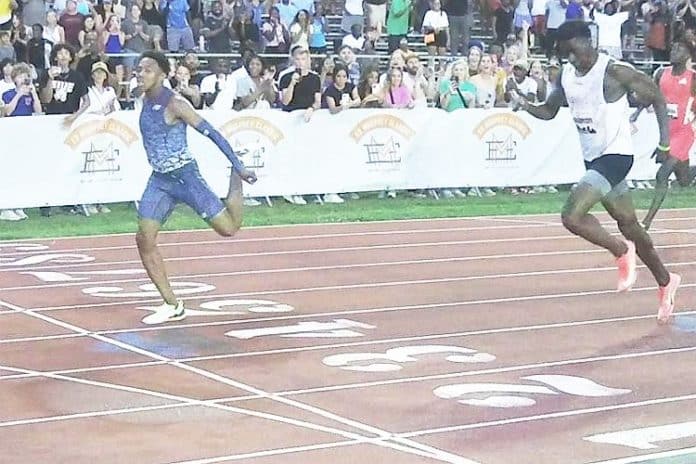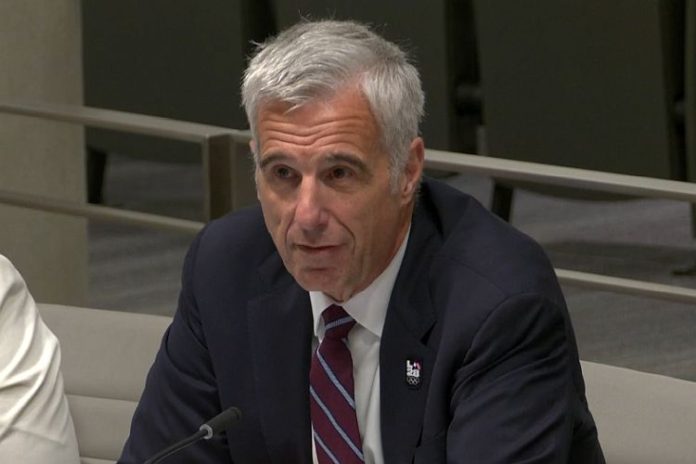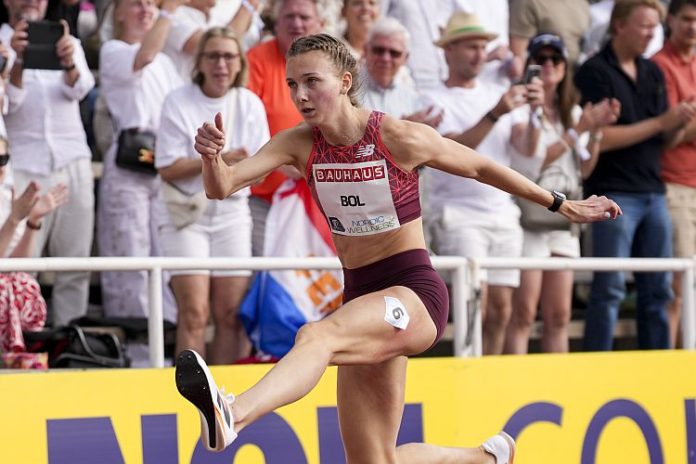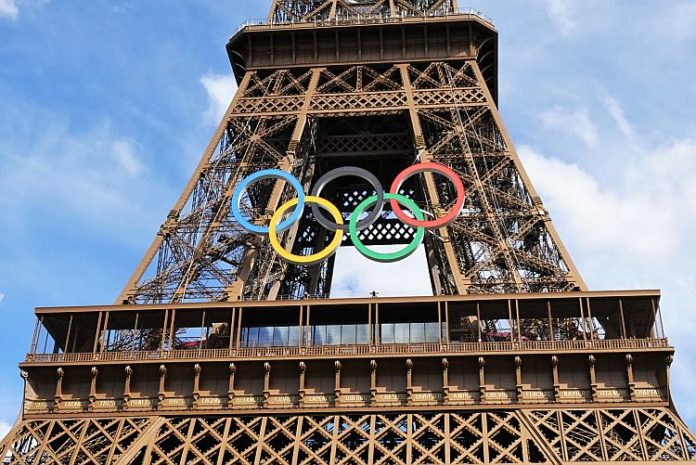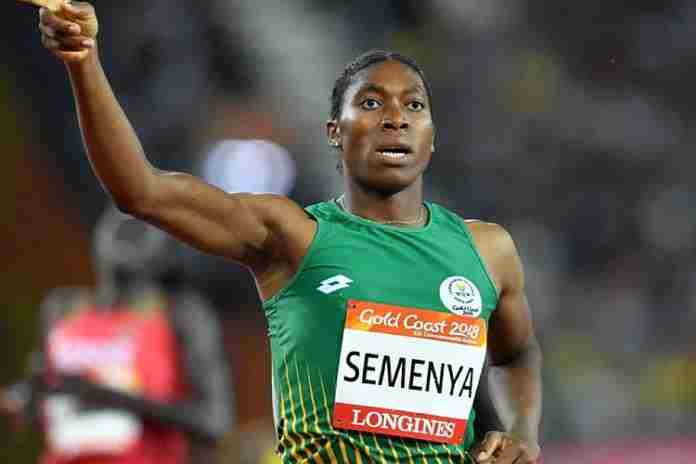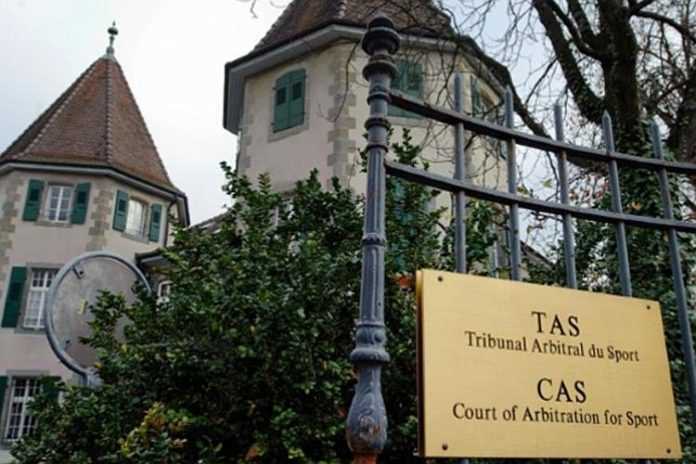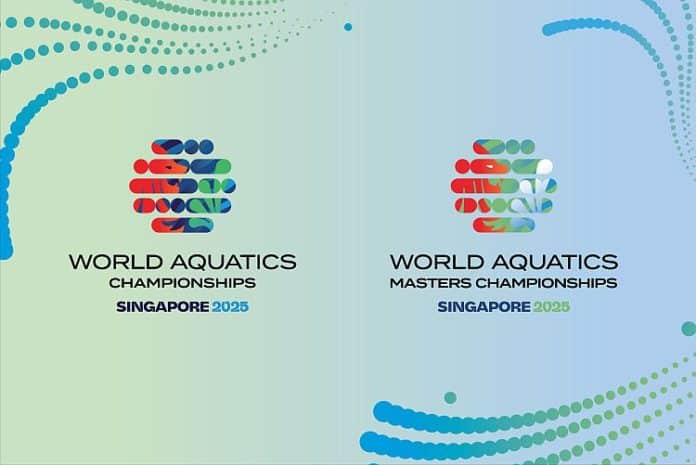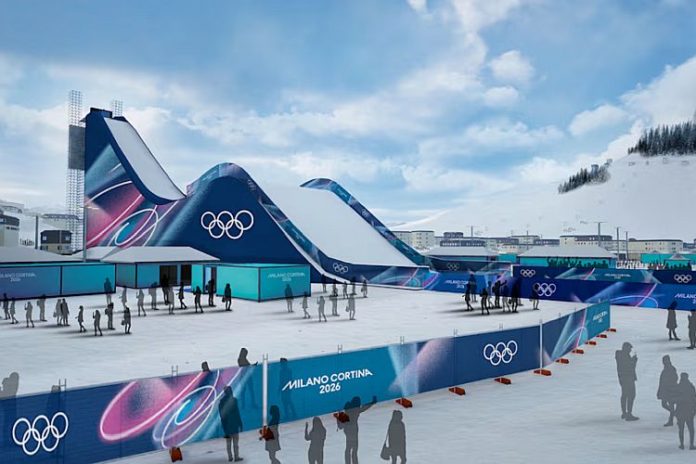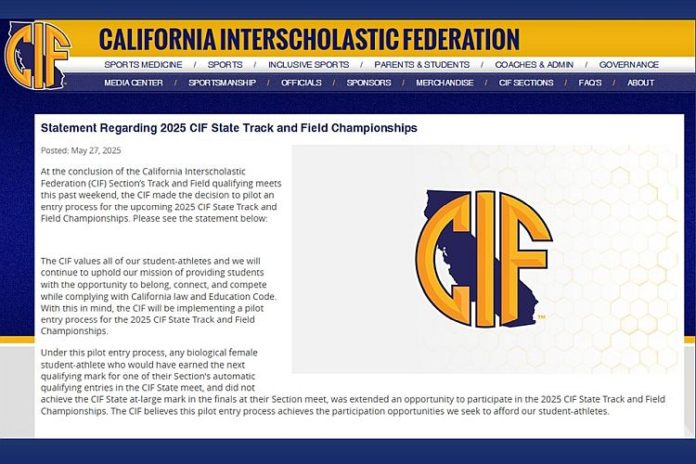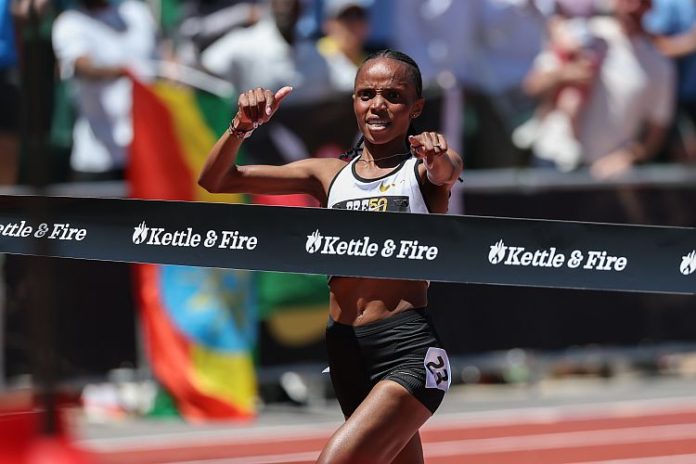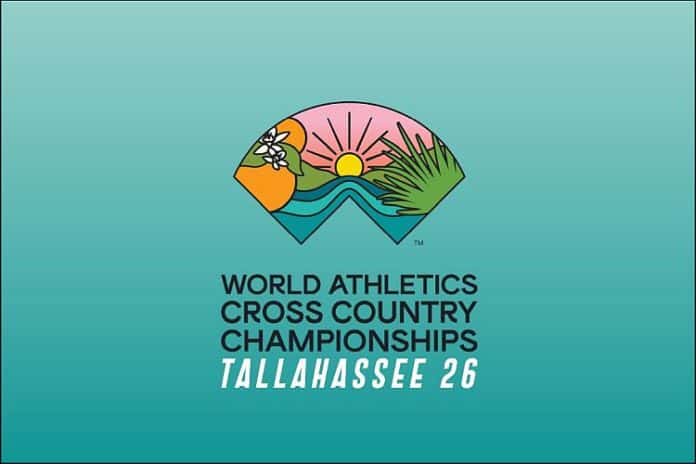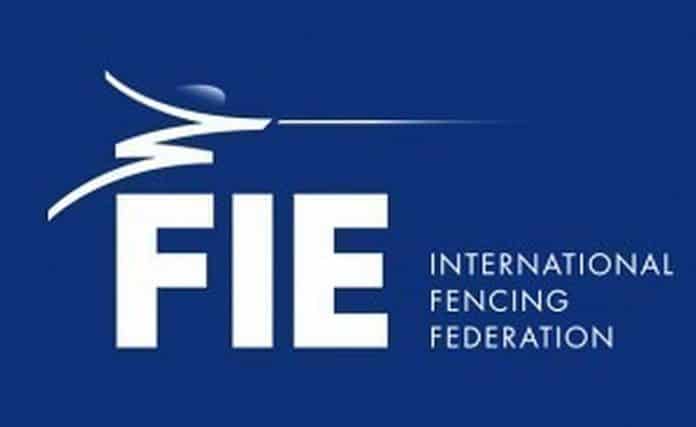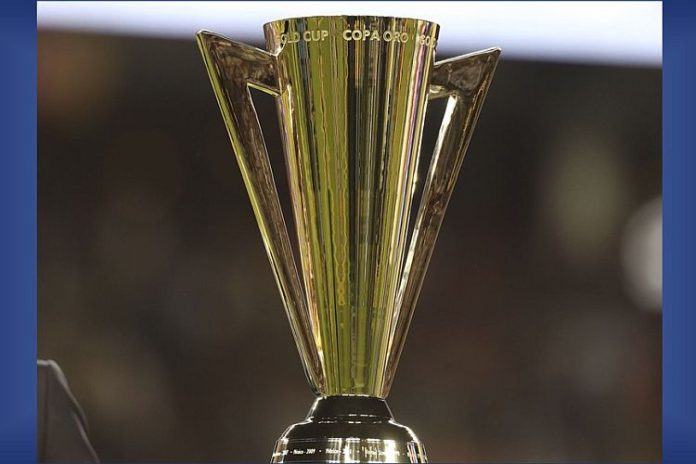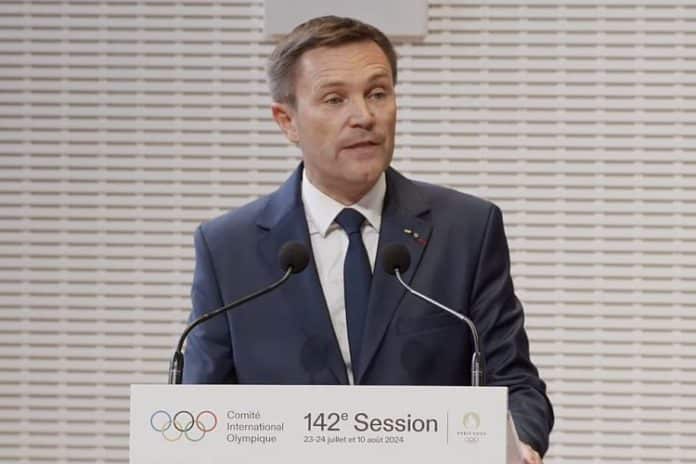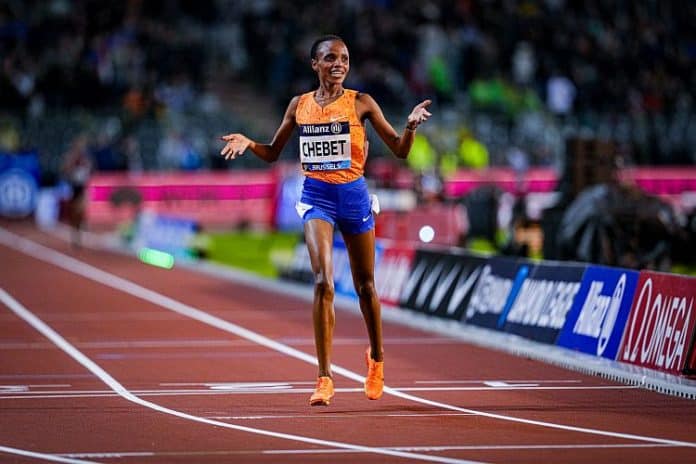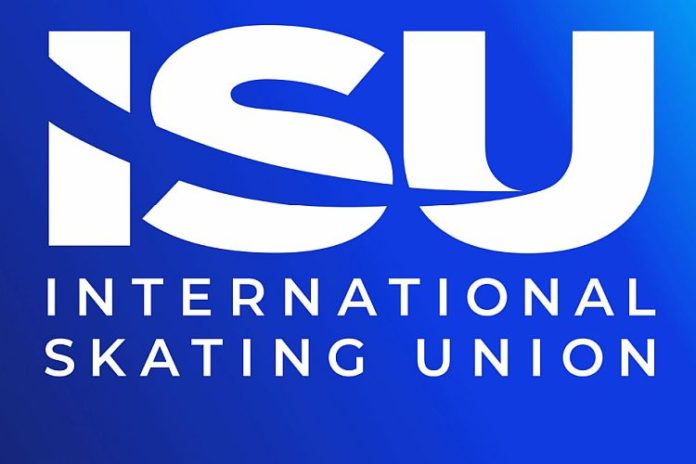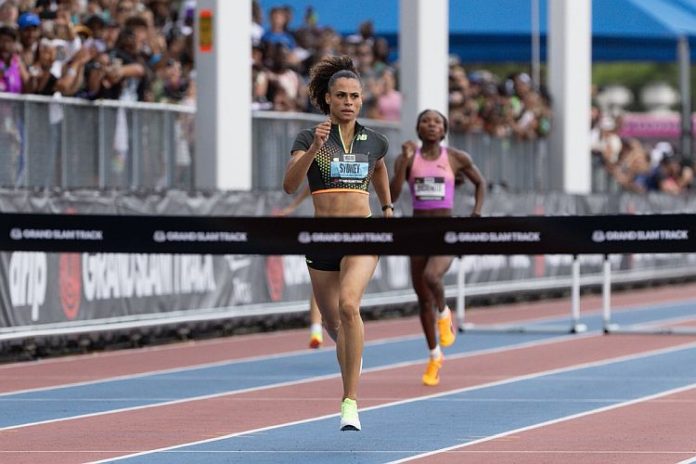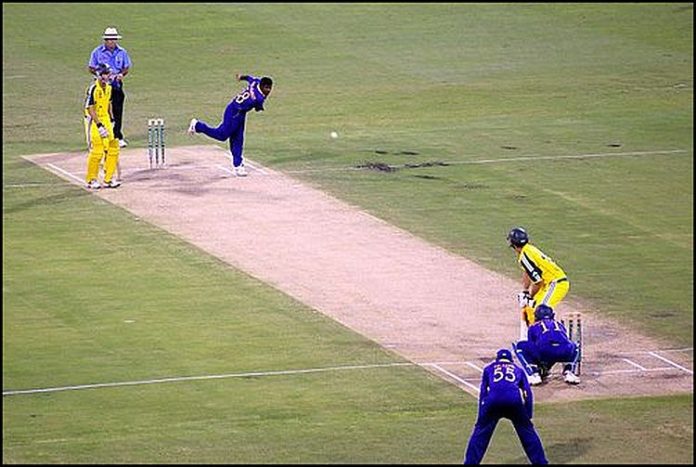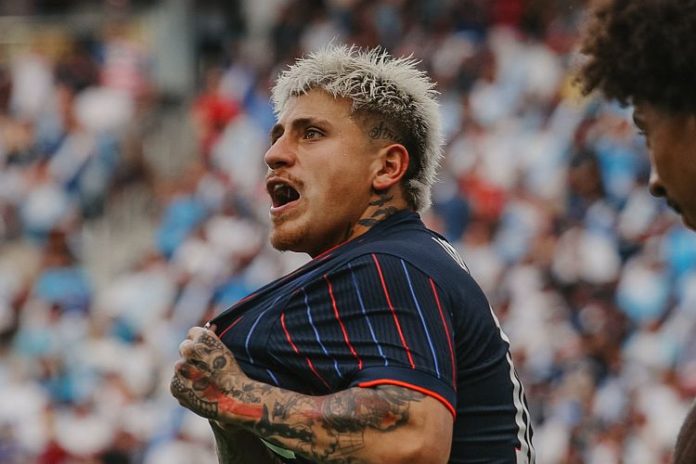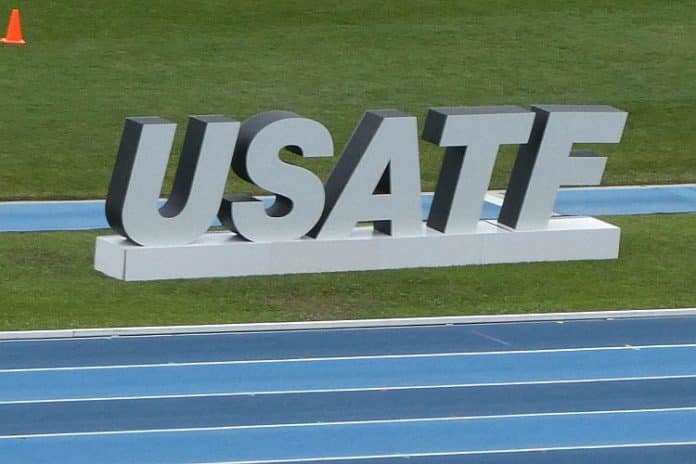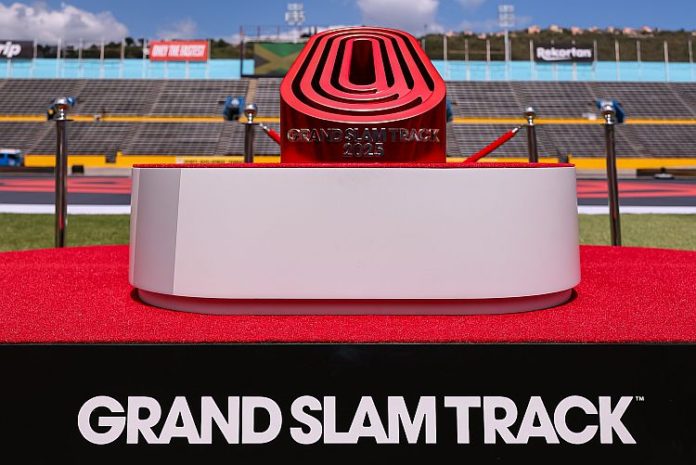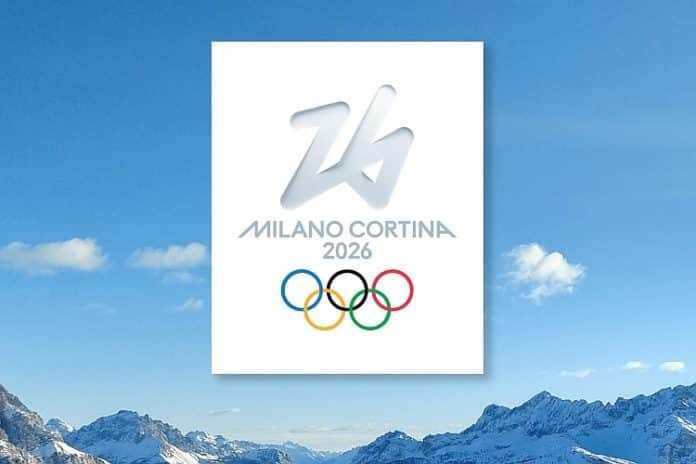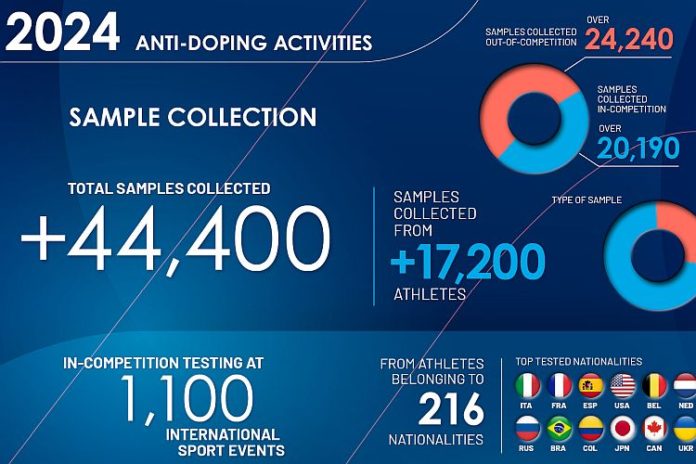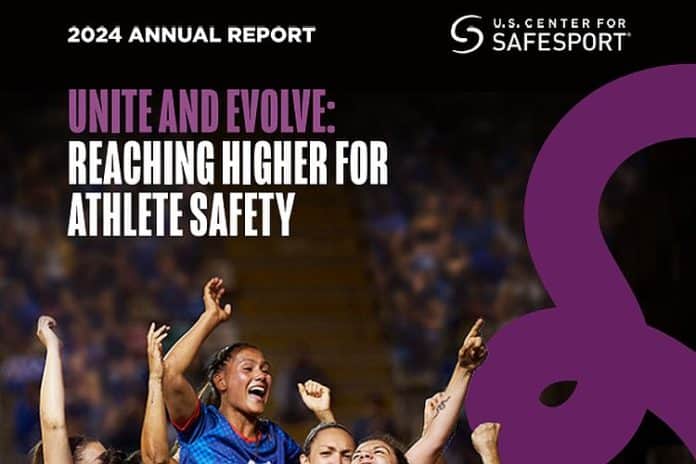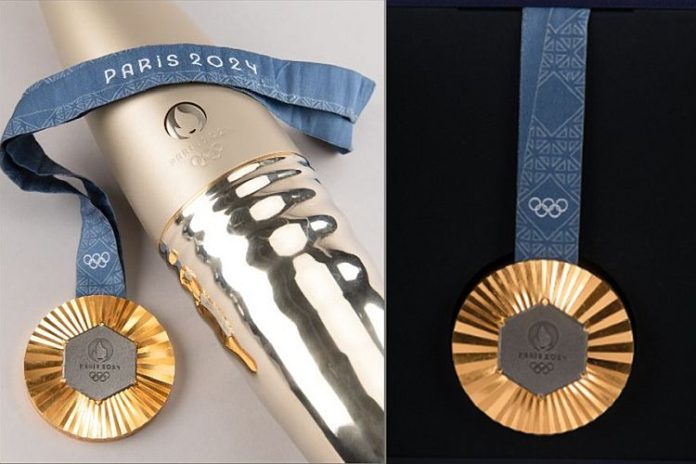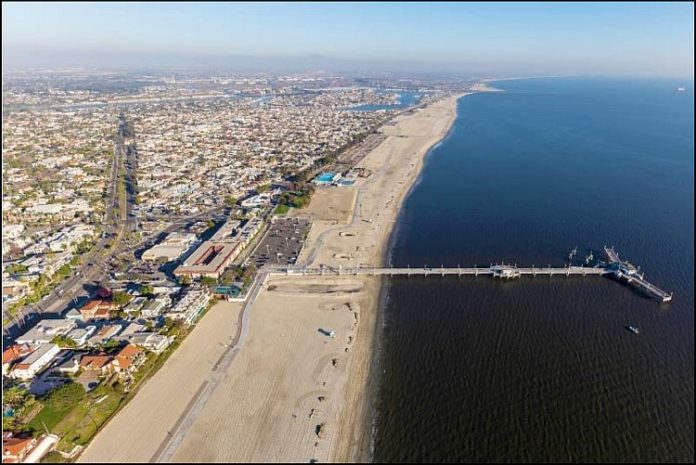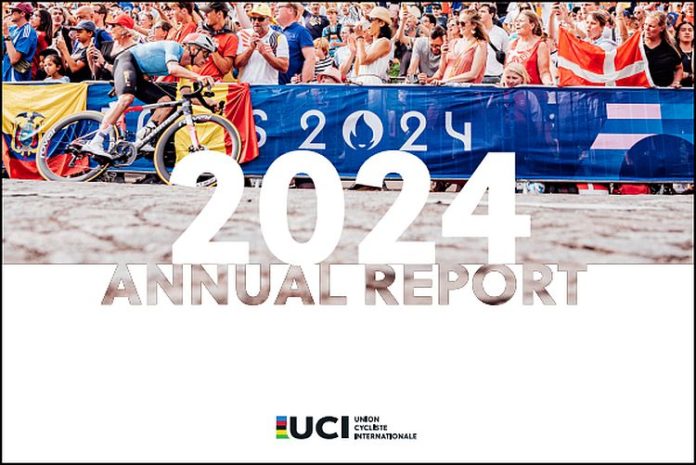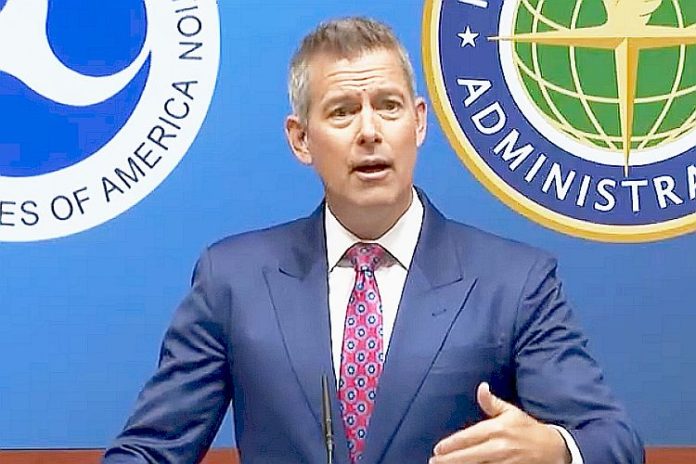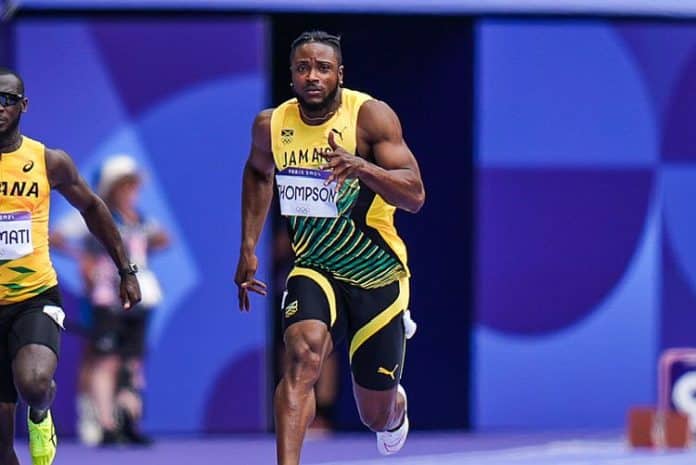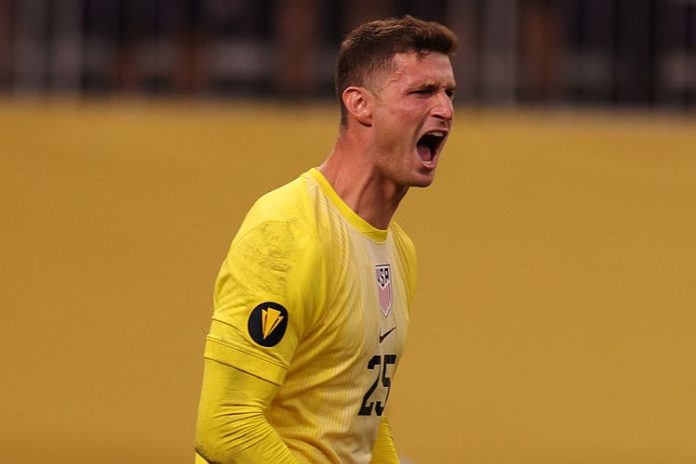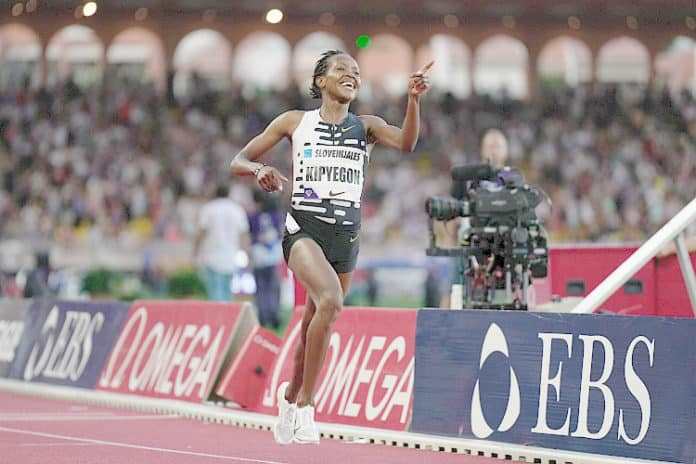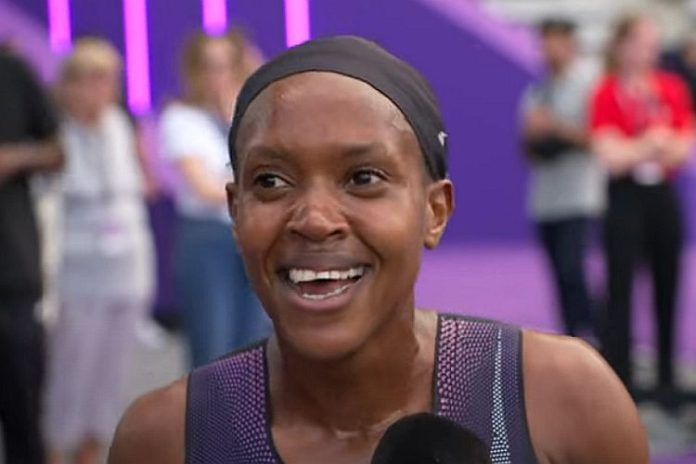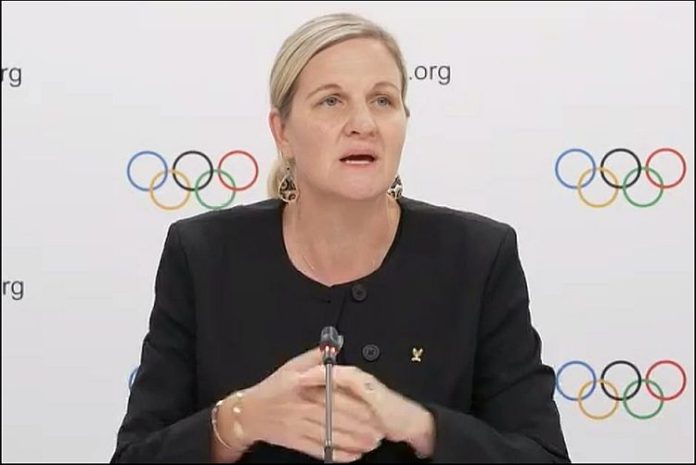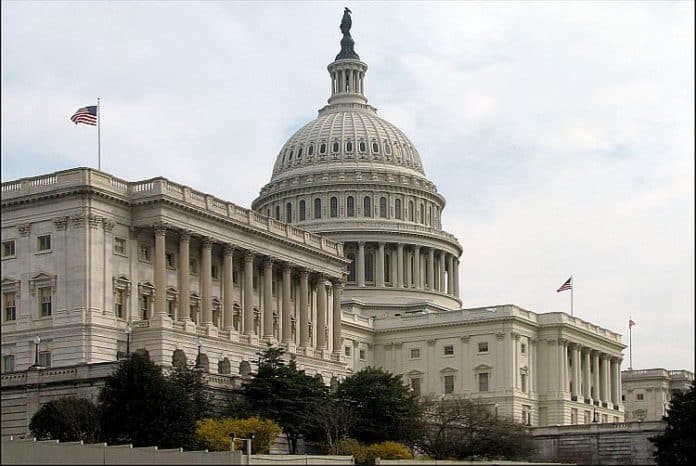★ The Sports Examiner: Chronicling the key competitive, economic and political forces shaping elite sport and the Olympic Movement.★
★ To get the daily Sports Examiner Recap by e-mail: sign up here! ★
≡ THE 5-RING CIRCUS ≡
● U.S. Olympic & Paralympic Committee ● The Class of 2025 was inducted into the USOPC Hall of Fame in ceremonies in Colorado Springs, Colorado on Saturday, with 14 superstar inductees: five Olympians, one Olympic team, three Paralympians, one Paralympic team, two legends, one coach and one special contributor:
● Olympian: Gabby Douglas (artistic gymnastics)
● Olympian: Allyson Felix (track & field)
● Olympian: Bode Miller (alpine skiing)
● Olympian: Kerri Walsh Jennings (beach volleyball)
● Olympian: Serena Williams (tennis)
● Olympic Team: 2010 Four-man Bobsled Team
● Paralympian: Steve Cash (sled hockey)
● Paralympian: Susan Hagel (Para archery-track & field-wh’chair basketball)
● Paralympian: Marla Runyan (Para track and field)
● Paralympic team: 2004 Women’s Wheelchair Basketball Team
● Legend: Anita DeFrantz (rowing-LAOOC-IOC)
● Legend: Flo Hyman (volleyball)
● Coach: Mike Krzyzewski (basketball)
● Contributor: Phil Knight (Nike founder)
This group represented the U.S. at a combined 42 Olympic and Paralympic Games, winning 51 total medals, including 35 golds!
From 119 nominees, a panel narrowed the finalists to 42, with more than 300,000 votes cast by U.S. Olympians and Paralympians, the U.S. Olympic and Paralympic family and fans.
The U.S. Olympic & Paralympic Hall of Fame was established in 1979, with the first class inducted in 1983; the 2025 class was the 18th. The ceremony was attended by International Olympic Committee President Kirsty Coventry (ZIM), among many others.
● Athletics ● Another strong audience for track & field on NBC as the Prefontaine Classic on Saturday, 5 July drew an average of 1.1 million, according to NBC. This compares to (all on NBC):
● 2024-May: 1.166 million
● 2023-Sep.: 744,000 and 755,000 for 2-day Diamond League final
● 2022-May: 977,000
● 2021-Aug.: 1,177,000 (Covid schedule impact)
Track & field meets have done well on NBC, but with much smaller audiences elsewhere.
● Gymnastics ● The Federation Internationale de Gymnastique (FIG) announced a revision of its rules for allowing participation of Russian and Belarusian gymnasts, with “refinements” to the rules regarding “government affiliation” and “[a]ctive support for the regime, including public statements, interviews and social media activity.”
Due to the changes, “previously rejected applications [may] be resubmitted.”
Russian Gymnastics Federation head Oleg Belozerov said. “We are satisfied that our arguments were taken into account by the members of the executive committee.”
● Wrestling ● The Russian news agency TASS reported that a dual meet between younger wrestlers of the U.S. and Russia will compete in a dual meet on 21 July in Budapest (HUN) within the framework of the Professional Wrestling League.
These are not the first-line, senior national teams from either country, and only in the 10 men’s Freestyle weight classes. Mikhail Mamiashvili, President of the Russian Wrestling Federation, told the Russian news agency TASS that two more matches will be held, one in Russia and one in the U.S.
The last time the U.S. and Russia met in a dual meet was in 2013 in New York as part of an international effort to return wrestling to the Olympic program.
≡ RESULTS ≡
● Archery ● At the World Archery World Cup IV in Madrid (ESP), Mexico’s 21-year-old Matias Grande announced his arrival, winning the men’s Recurve gold with a 6-0 shutout of France’s Baptiste Adams. Korea’s Chae-young Kang, a four-time Worlds Team gold medalist, won the women’s Recurve with a 6-5 shoot-off (10-9) thriller against Hsin-Tzu Hsu (TPE).
France won the men’s Recurve Team title by 6-2 over the U.S. squad of Brady Ellison, Trenton Cowles and Christian Stoddard. Korea won the women’s Team final over China, with the American women – Catalina GNoriega, Casey Kaufhold and Jennifer Mucino – taking the bronze over Chinese Taipei, 6-2.
The U.S. struck gold in the Recurve Mixed Team, with Mucino and Ellison teaming up to defeat Korea, 5-3, in the final.
In the men’s Compound final, 2013 World Champion Mike Schloesser (NED) scored a 146-144 win over Turkey’s Emircan Haney, and 2022 World Games champ Ella Gibson (GBR) won the women’s final, 148-147 against India’s Jyothi Vennam. The Compound Mixed Team, which will be an LA28 event, went to Schoesser and Sanne de Laat (NED) over South Korea, 155-153.
● Athletics ● At the Sunset Tour Los Angeles meet on Saturday evening, Ethiopia’s 19-year-old Senayet Getachew moved to no. 6 on the world list for 2025 with a 30:36.67 win in the women’s 10,000 m, beating countrywoman Asayech Ayichew (30:47.24, no. 9).
Josette Andrews won the women’s 1,500 m in 4:00.10, now no. 5 in the U.S. in 2025 and Meghan Hunter got a lifetime best of 1:58.21 to take the women’s 800, now no. 4 in the U.S. this year.
Isaac Updike won the men’s Steeple in 8:13.64, now no. 2 U.S. in 2025, and Kenyan Brian Musau, the 18-year-old NCAA 5,000 m champ for Oklahoma State, won the 5,000 m in a lifetime best of 12:59.82. Jamaica’s Navasky Anderson set a national record in winning the men’s 800 m in 1:44.40.
¶
At Sunday’s international meet in Marseille (FRA), American Demarius Smith won the men’s 400 m in a lifetime best of 45.19, followed by the returning Randolph Ross, in 45.41.
Ross, now 24, was the 2021 and 2022 NCAA 400 m winner for North Carolina A&T, was third at the 2021 U.S. Olympic Trials, and won a 4×400 m relay gold for the U.S. at Tokyo 2020 (best of 43.85). But he was suspended for three years in 2022 for “whereabouts” failures, and became eligible on 1 July.
He’s still short of the USATF Nationals automatic qualifying standard of 45.20, with a week remaining before the cut-off date of 20 July, and likely needs to run faster to get in.
¶
Amanda Vestri scored her first win and third national championships medal of the season at the USATF women’s 6 km Championship in Canton, Ohio. She ran away from the field after about 1.5 km and won in 18:28.57. Annie Frisbee was a distant second in 18:3526, with Fiona O’Keeffe third in 18:37.18.
Vestri was second in this race in 2024 and had already finished third at the national Half Marathon champs in March and second at four miles in June. Now, she has her first national title.
● Cycling ● At the 112th Tour de France, race favorite and three-time champion Tadej Pogacar (SLO) popped back into the lead on Friday, winning the hilly Friday stage of 197 km to the Mur-de-Bretagne. A group of seven raced on the uphill finish and Pogacar and two-time winner Jonas Vingegaard (DEN) crossed in the same time of 4:05:39.
With Dutch star Mathieu van der Poel back in 22nd (+1:20), Pogacar took the yellow jersey once again, with a 54-second lead on double Olympic champion Remco Evenepoel (BEL) and 1:11 on Kevin Vanquelin (FRA).
Saturday’s 171.4 km race to Laval was the expected mass finish, with Italian sprint star Jonathan Milan edging Wout van Aert (BEL) in 3:50:26; the top 51 finishers were awarded the same time. Sunday’s 174.1 km ride to Chateauroux was another sprinter’s stage, with Belgian Tim Merlier winning his second stage of the Tour in 3:28:52, ahead of Milan, with the top 63 riders recording the same time.
So, heading into Monday, it’s Pogacar, Evenepoel (+0:54) and Vanquelin (+1:11), followed by Vingegaard (+1:17) and American Matteo Jorgenson (+1:34). (Monday is a rest day, as usual; thanks to Dr. Bill Mallon for a correction.)
¶
The 36th women’s Giro d’Italia finished in Imola on Sunday,with a happy ending for the home fans with a win for Italian star Elisa Longo Borghini.
Swiss Marlen Reusser finished fifth in Thursday’s stage, and maintained the overall lead, then was given a yellow card and fined CHF 750 for “intimidation, insults directed to a rider and behavour that endangers others” in the final sprint against Italian Katia Ragusa, who finished ninth.
German Liane Lippert won Friday’s 145 km, hilly sixth stage from Pauliena Rooijakkers (NED) in 3:53:01 to 3:53:03, with the main contenders in a large group, and Reusser continuing in the lead. Things changed on Saturday, with the major uphill finish of the 150 km route to Monte Nerone. Australia’s Sarah Gigante won her second stage of the Giro, attacking with 2.5 km and racing away from Longo Borghini (+0:45). Canada’s Isabella Holmgren was third (+1:14) and then came Reusser at +1:17.
That gave Longo Borghini, the defending champion, the lead by 22 seconds on Reusser, with Gigante third at 1:11, with only the 134 km, hilly finale remaining. Lippert won again, out-dueling Dutch star Anna van der Breggen to the line in 3:40:07, with Reusser and Long Borghini leading the chase pack, eight seconds behind.
Even with a four-second time bonus, Reusser had to settle for second, 18 seconds behind Longo Borghini (24:37:03), who won her fourth medal in this race (2-1-1). Gigante stayed in third at +1:11; Ruth Edwards was the top American, in 46th.
¶
Two-time Olympic champion Tom Pidcock (GBR) starred in the men’s Cross-Country Olympic race at the UCI Mountain Bike World Series in Pal Arinsal (AND), winning his first medal of the season in 1:20:30, well ahead of France’s Luca Martin (1:20:53) and fellow Brit Charlie Aldridge (1:21:22).
New Zealand’s Sammie Maxwell kept her streak alive as the only woman to win medals in all six XCO races this season, getting her second win in 1:25:31. That was nine second up on Swiss Alessandra Keller (1:25:40) with Sweden’s 2016 Rio Olympic champ Jenny Rissveds third (1:25:46).
American Christopher Blevins had won all five men’s Short Track races this season, but was finally stopped by 2023 Worlds U-23 winner Martin at the line, with both in 22:00. Mathis Azzaro (FRA: 22:02) got third. Keller, the 2022 Worlds XCC runner-up, took the women’s race in 20:32, with Evie Richards (GBR) second in 20:36.
Five-time World Champion Loic Bruni (FRA) stopped Canadian Jackson Goldstone’s streak in the men’s Downhill at four in a row, winning in 2:34.367. Goldstone was a close second in 2:35.646 and French two-time Worlds winner Loris Vergier third (2:36.534). Four-time Worlds medalist Tahnee Seagrave (GBR) got her 11th career World Cup win in 2:56.835, ahead of three-time World Champion Valentina Hoell (AUT: 2:58;651 and Norway’s Mille Johnset (2:58.825).
● Football ● Temperatures of 81 F (with 69%) humidity greeted the final of the FIFA Club World Cup at MetLife Stadium in East Rutherford, New Jersey, with underdog Chelsea scoring three first-half goals from forward Cole Palmer (ENG: 22nd and 30th) and striker Joao Pedro (BRA: 43rd), despite only 30% possession in the half against Paris St.-Germain.
The second half had no scoring, and PSG became increasing frustrated, with a red card for a bad hair-pull by midfielder Joao Neves (POR) in the 85th minute, and an on-field pushing-and-shoving match that included PSG manager Luis Enrique (ESP) and star keeper Gianluigi Donnarumma (ITA).
PSG ended with 66% possession in front of a big house of 81,118, but Chelsea ended with a 10-8 edge on shots. Chelsea’s Robert Sanchez (ESP) was superb in goal, with five saves.
¶
The 14th edition of the UEFA women’s European Championship is in Switzerland, with the group stage finishing on Sunday and the quarterfinals set to start on 17 July.
Norway (Group A), Spain (B), Sweden (C) and France (D) all went 3-0 in their groups, with Spain leading the scoring with 14 total goals while giving up three. In the quarters:
● 16 July: Norway (3-0) vs. Italy (1-1-1)
● 17 July: Sweden (3-0) vs. England (2-1)
● 18 July: Spain (3-0) vs. Switzerland (1-1-1)
● 19 July: France (3-0) vs. Germany (2-1)
The semis will be on 22-23 July and the final on 27 July, in Basel.
● Sailing ● Britain swept the IQ Foil World Championships in Aarhus (DEN), with Andy Brown and Emma Wilson taking the medal races.
Wilson, the Paris 2024 bronze medalist and the 2024 Worlds runner-up, was the best during the week with 28 net points, then won the third and final medal race to win the overall title. Tamar Steinberg (ISR) earned the silver medal, finishing 3-1-3 in the three medal races, then Theresa Steinlein (GER) with the bronze (1-3-4).
Brown was second in the first medal race, but won the second and earned his first Worlds medal. France’s Tom Arnoux was third and second for silver, with Nicolo Renna third and second for the bronze.
● Shooting ● At the ISSF Shotgun World Cup in Lonato (ITA), Italy’s 55-year-old, triple Olympic silver medalist Giovanni Pellielo hit his last 43 targets in a row to win the men’s Trap final at 48/50! That was just enough to get past Britain’s Matthew Coward-Holley, 30, the Tokyo 2020 bronzer, who scored 46/50. American Walton Eller, the Double Trap Olympic winner in 2008, finished fourth.
Australia’s Laetisha Scanlan, fourth in Paris, won the women’s Trap final, scoring 45/50, to best Paris silver star Silvana Stanco (ITA: 43). American Rachel Tozier finished sixth. Scanlan and Mitchell Iles teamed up to win the Trap Mixed Team gold, 45-41, over Spain.
● Sport Climbing ●/Updated/ American Sam Watson, the Olympic bronze winner, claimed his fifth career IFSC World Cup, in Chamonix (FRA), winning the men’s Speed final in 4.65, to 4.87 for Rishat Khaibullin (KAZ), with American Zach Hammer taking the bronze at 4.96.
Poland’s Olympic Speed gold medalist Aleksandra Miroslaw took the women’s title, timing 6.19 to 6.46 for Desak Made Rita Kusuma Dewi (INA). American Emma Hunt, the 2023 Worlds runner-up, grabbed the bronze (6.35).
In the Lead finals, Japan’s 18-year-old sensation, Soratu Anraku, won his 11th career World Cup by reaching the top. Spain’s Alberto Gines was second at 43+ and Italian Filip Schenk also scored 43+, for third. Korea’s 2021 World Champion Chae-hyun Seo took the women’s Lead final at 44+, just ahead of American Annie Sanders (43+) and Britain’s Erin McNeice (42+). Brooke Raboutou of the U.S. was fourth (40+).
● Table Tennis ● The first appearance of the World Table Tennis United States Smash – with a $1.55 million prize purse – concluded Sunday in Las Vegas, Nevada, with China reaching four of the five finals, and winning three.
In the Singles finals, Japan’s Tomokazu Harimoto (JPN), a Tokyo 2020 Team bronze winner, upset top-seed Shidong Lin (CHN) in the semis, 4-3, and faced no. 2, two-time Paris 2024 team gold winner Chuqin Wang (CHN). It was all Wang, winning 4-0 (11-3, 11-6, 11-6, 12-10). The women’s final had unseeded Yi Chen (CHN) facing four-time Worlds Team gold medalist Yuling Zhu – now affiliated with Macau – with Zhu taking a 4-2 win (7-11, 8-11, 11-7, 11-5, 11-9, 11-8)!
The all-China women’s Doubles final had Yidi Wang and Man Kuai overcoming Yingsha Sun and Manyu Wang in a struggle, 14-16, 11-5, 11-6, 8-11, 11-9. In the Mixed Doubles final, China’s Shidong Lin and Kuai won in straight sets in a highly competitive match with Koreans Jonghoon Lim and Yubin Shin, winning 13-11, 16-14, 11-6.
The men’s Doubles was a confident win for Korea’s Jae-hyun An and J-H Lim, 4-11, 11-3, 11-5, 11-6, against French brothers Alexis LeBrun and Felix LeBrun.
● Triathlon ● France celebrated a women’s 1-2 at the World Triathlon Championship Series in Hamburg (GER), with 2024 European silver winner Leonie Perault overcame Olympic champ and countrywoman Cassandra Beaugrand on the 5 km, to win in 56:25 to 56:29. Beaugrand had the lead on the run, but Perault had the fastest run by nine seconds and erased a five-second deficit. Britain’s 2023 World Champion, Beth Potter, finished third in 56:32, with Taylor Spivey the top U.S. finisher in 10th (56:59).
Australia’s Matthew Hauser, the defending champion, got his fourth career WTCS gold, had the fastest 5 km time by seven seconds – surging in the final 800 m – and won the Sprint format race by seven seconds – 50:07 to 50:14 – over Portugal’s 2020 Worlds runner-up Vasco Vilaca. Italy’s Alessio Crociani was third (50:36); John Reed was the top American, in 14th (51:29).
● Volleyball ● Bulgaria its first-ever FIVB women’s World U-19 Championship, beating the defending champion U.S. for the second time in the tournament, 21-25, 25-16, 25-17, 29-27, in Osijek (CRO), after reaching the medal round for the first time ever.
It was the fourth straight medal for the Americans, who won in 2019 and 2023, and finished third in 2021. Poland slammed Turkey, 3-0, for the bronze.
● Water Polo ● Group play has started in the World Aquatics Championships tournaments in Singapore, with the U.S. men winning their opener, 18-9, over Canada in Group C. Brazil is next on Monday and then host Singapore on Wednesday (16th).
The American women are in Group B and have registered wins over China (15-7) and the Netherlands (11-9), with Emily Ausmus scored three goals in each. The last U.S. group match will be Tuesday (15th) against 0-2 Argentina.
¶
★ Receive our exclusive, weekday TSX Recap by e-mail by clicking here.
★ Sign up a friend to receive the TSX Recap by clicking here.
★ Please consider a donation here to keep this site going.
For our updated, 699-event International Sports Calendar for 2025, 2026 and beyond, by date and by sport, click here!




